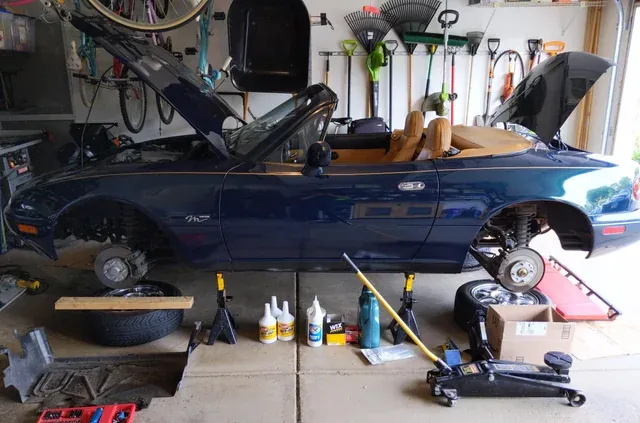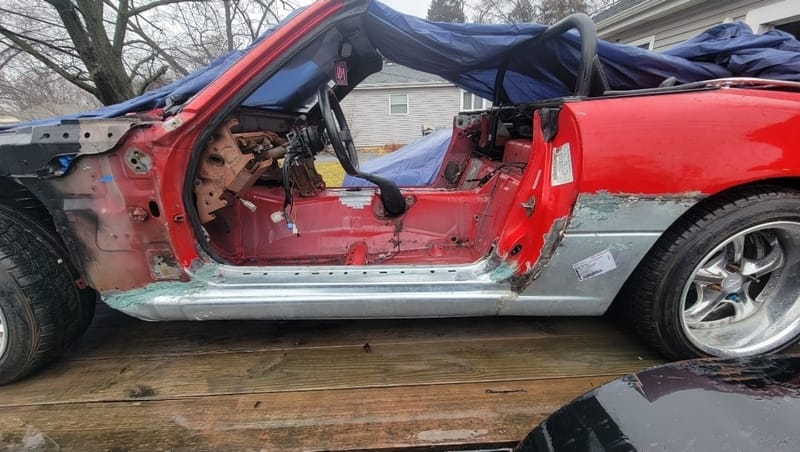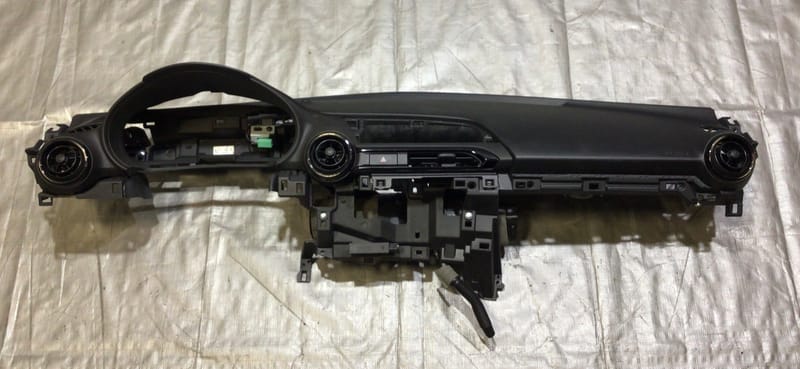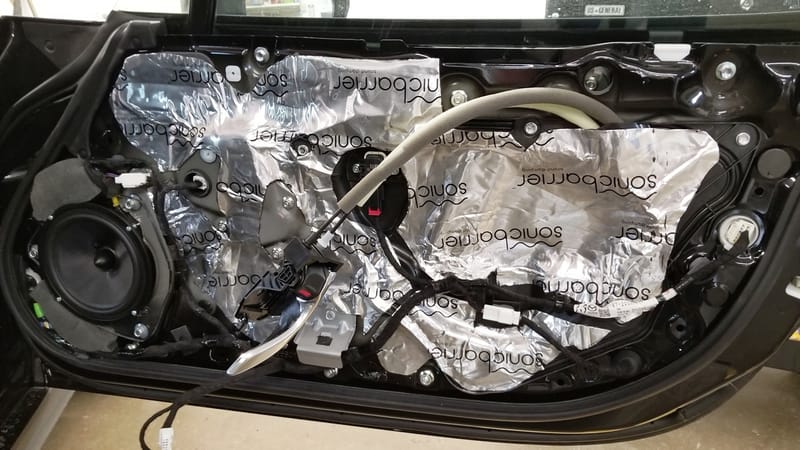NA Miata Common Issues and How to Fix Them
The NA Miata you see driving around the streets built between 1990 and 1997, meaning that those cars are at least 27 years old. But Na Miatas are still one of the most sought-after roadsters of all time. Known for its lightweight build, nimble handling, and open-top fun, it’s a car that continues to
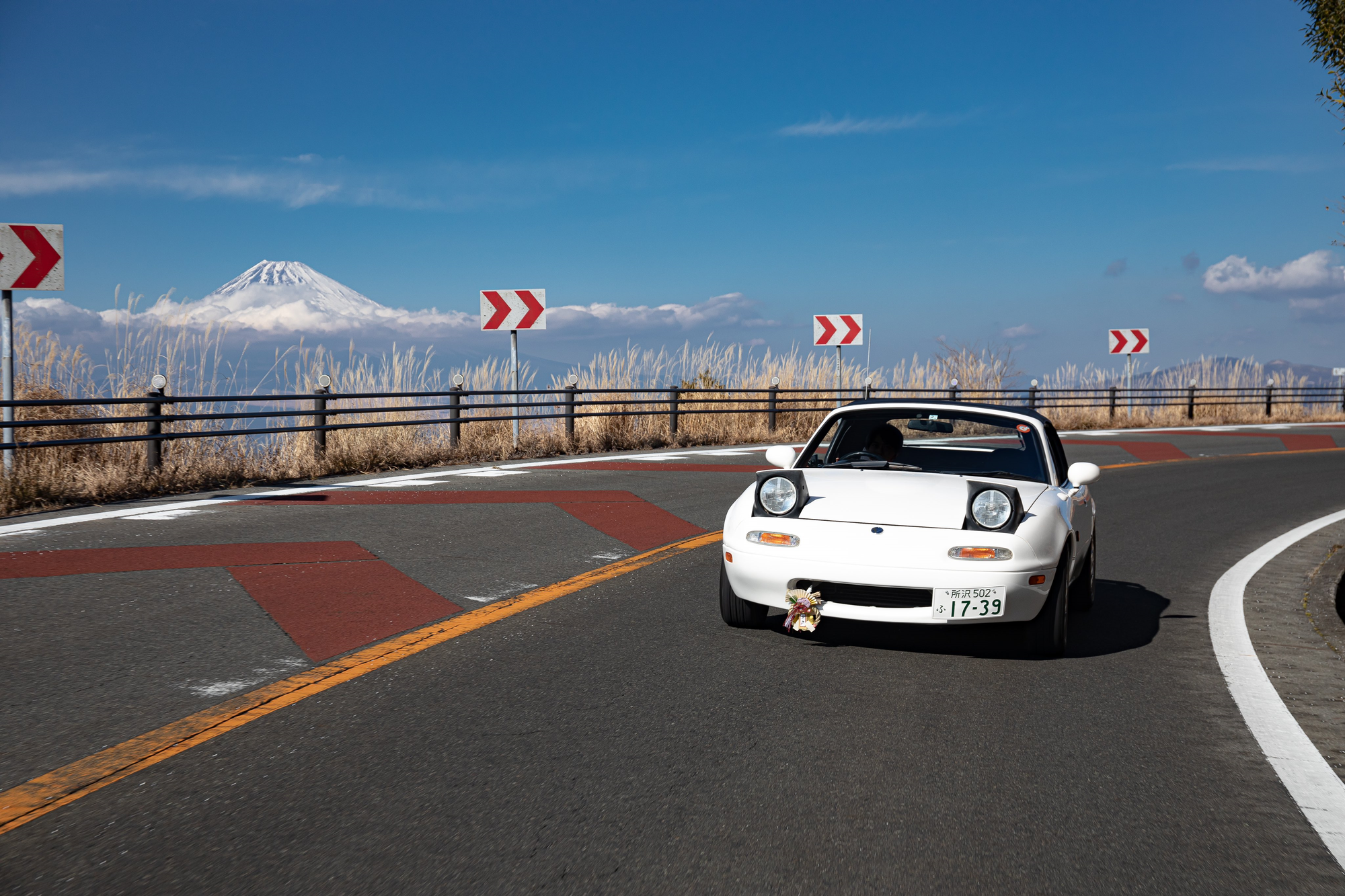
The NA Miata you see driving around the streets built between 1990 and 1997, meaning that those cars are at least 27 years old. But Na Miatas are still one of the most sought-after roadsters of all time. Known for its lightweight build, nimble handling, and open-top fun, it’s a car that continues to captivate driving enthusiast’s decades after its release.
But like any car that’s getting up there in age, the NA Miata has its fair share of common problems. From rust spots to crankshaft issues, these issues naturally come with the territory of owning a classic. But fret not, today, we’ll go over some of the most frequent issues NA Miata owners encounter and provide you with some DIY fixes and tips for when to bring your automobile to the hands of a pro.
Rust Problems
As most of you probably already know, rust is probably the number one enemy of any NA Miata. The car’s body and frame are susceptible to corrosion, especially if it’s been exposed to the elements over the years. The areas most prone to rust are the undercarriage, rocker panels, wheel wells, rear sills, and trunk area. If you live in a place that salts the roads in winter, these spots are even more likely to rust. Catching rust early can save you a lot of headaches. Do regular visual checks and look for things like bubbling paint, discoloration, or obvious rust spots. Pay close attention to the spots where dirt and moisture collect, as these are prime rust zones. Pay close attention to rust spots when trying to buy a used car!
For minor rust spots, you can tackle it yourself. Sand down the rust, apply a rust converter to stop it from spreading, and then follow up with primer and paint to seal the area. If the rust has gone deeper, you might need to cut out the affected area and weld in new metal. This is more advanced, and you’ll probably want a professional to handle it if it’s structural, like around the frame or suspension.
Using a rust-proofing spray, like WD-40 Specialist Corrosion Inhibitor, can help keep rust at bay. Additionally, don’t forget to keep your undercarriage clean, especially during winter months when road salt can speed up rusting. Regular car washes can make a big difference.

Crankshaft Problems (Crankshaft Keyway Failure / ‘Crank Wobble’)
If your engine is misfiring, losing power, or the idle is all over the place, you might be dealing with a crankshaft keyway failure, also known as “crank wobble.” It’s not the most common problem, but it’s something you should be aware of, especially if the engine feels off. Crank wobble usually happens when the crank pulley bolt isn’t installed or torqued correctly. Over time, this can cause damage to the keyway, which is the part that holds the crank pulley in place.
If you catch it early, you can fix the problem by tightening or replacing the crank pulley bolt and adding a thread locker to keep it in place. And if you think the keyway is damaged beyond a quick fix, you’ll need to get the crankshaft machined and replace some parts. At this point, it’s best to let a professional handle it since the repair requires some precision work.
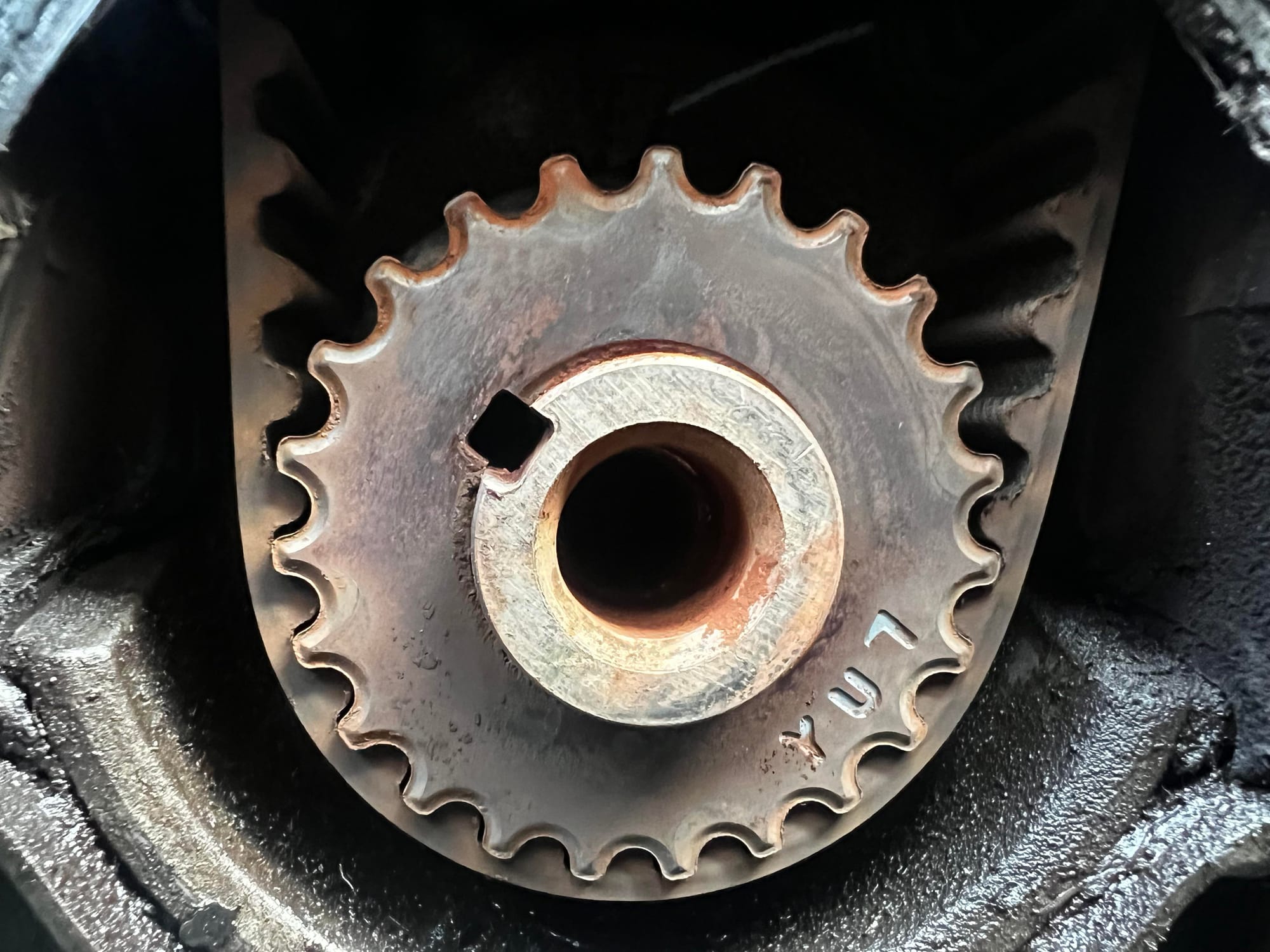
Soft Top Deterioration
This is why some prefer the hardtop… over time, the NA Miata’s soft top can start showing its age. Leaks, cracks, and tears in the material are pretty common, especially if the car has been parked outside. Water leaks can cause more than just a soggy interior—mold and mildew can quickly become an issue if moisture isn’t dealt with. Keeping your soft top clean and dry is key to making it last. Use a mild soap and water to clean the top, and consider applying a fabric protector or vinyl conditioner to help fend off UV damage and mildew.
If the top just has a few small holes or leaks, you can patch them up with a vinyl repair kit. These kits are inexpensive and easy to use, making them a great solution for small issues. When the soft top is beyond saving, it’s time for a replacement. Aftermarket tops from brands like Robbins or Moss Motors offer improved durability and UV resistance, making them solid choices. A replacement top isn’t the cheapest fix, but it’ll give your Miata a fresh new look.
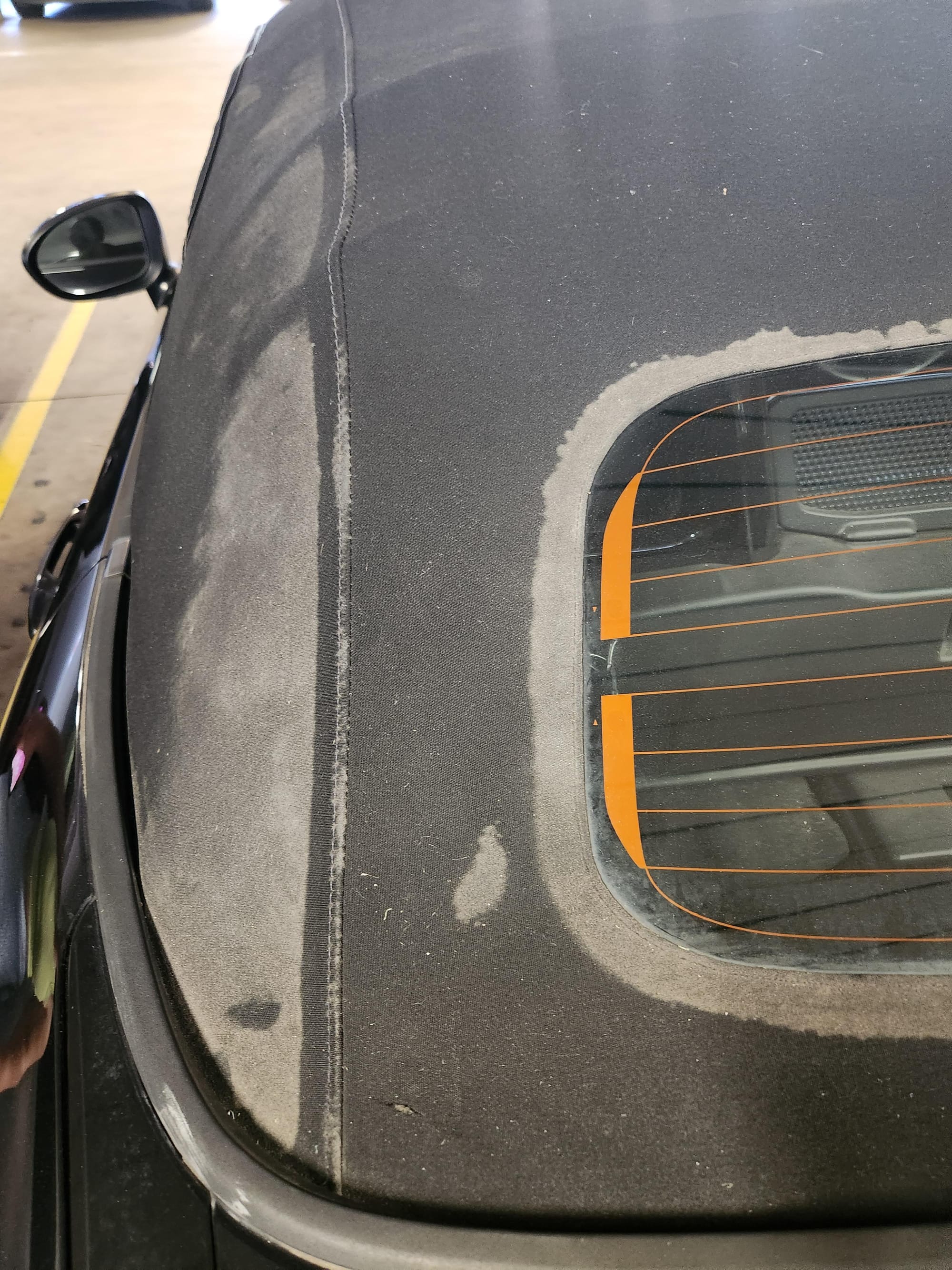
Worn Suspension Bushings
If your Miata’s handling feels off or you’re hearing squeaks over bumps, your suspension bushings might be worn out. This can also lead to uneven tire wear and a rougher ride. The bushings, which are made of rubber, wear down over time, especially if the car has seen a lot of miles or spirited driving.
Replacing the suspension bushings will improve your Miata’s handling and ride quality. Many owners upgrade to polyurethane bushings from brands like Energy Suspension or SuperPro, which are more durable than the original rubber ones. However, keep in mind that polyurethane bushings might increase road noise a bit, but they’re worth it for the handling boost. Check your suspension components regularly, especially if you drive on rough roads or take your Miata to the track. Staying on top of this can help prevent bigger issues like tire alignment problems or damage to other suspension parts.
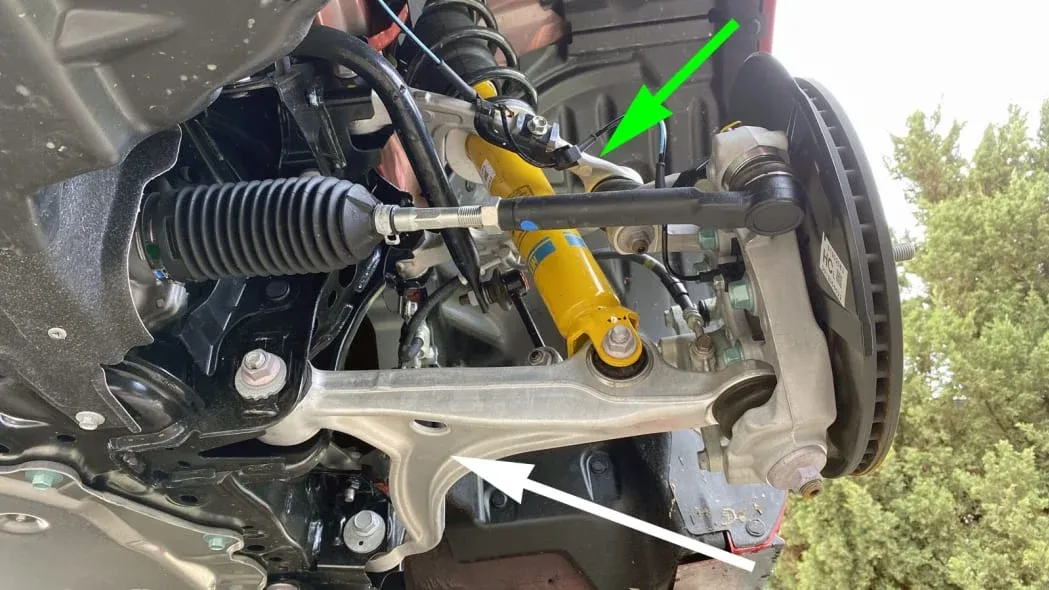
Cooling System Failures
Aging cooling systems are a common problem in older NA Miatas. If you’re noticing leaks, overheating, or a thermostat that’s not working right, it’s time to take a closer look at your cooling system.
Radiator Replacement: If your radiator is leaking or has seen better days, upgrading to an aluminum radiator can improve cooling performance and durability. Mishimoto radiators are popular choices for Miata owners looking for better cooling, especially if you live in a hot climate or drive your car hard.
Thermostat Replacement: A faulty thermostat can cause your Miata to overheat. Replacing it with a new one is a simple fix that can prevent more serious engine problems.
Water Pump: The water pump should be replaced every 60,000 miles, ideally when you’re doing the timing belt. A bad water pump can cause overheating, so it’s important to stay on top of this maintenance item.
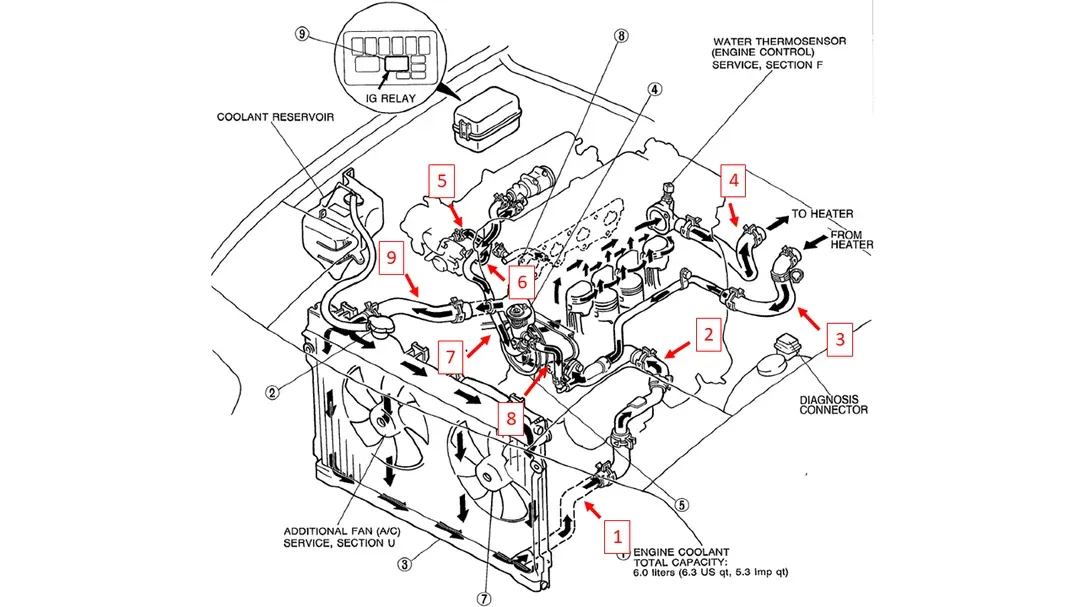
Electrical Issues (Corrosion in Electrical Connectors)
If you’ve noticed flickering headlights, intermittent electrical problems, or dashboard light issues, corroded electrical connectors could be the culprit. Over time, corrosion can build up in the connectors, leading to unreliable electrical performance.
Cleaning the corroded connectors with contact cleaner and applying dielectric grease afterward will usually solve the issue. This prevents further corrosion and ensures a better connection. It’s a good idea to check the electrical connectors during regular maintenance. Keeping them clean and greased will help prevent future electrical problems.
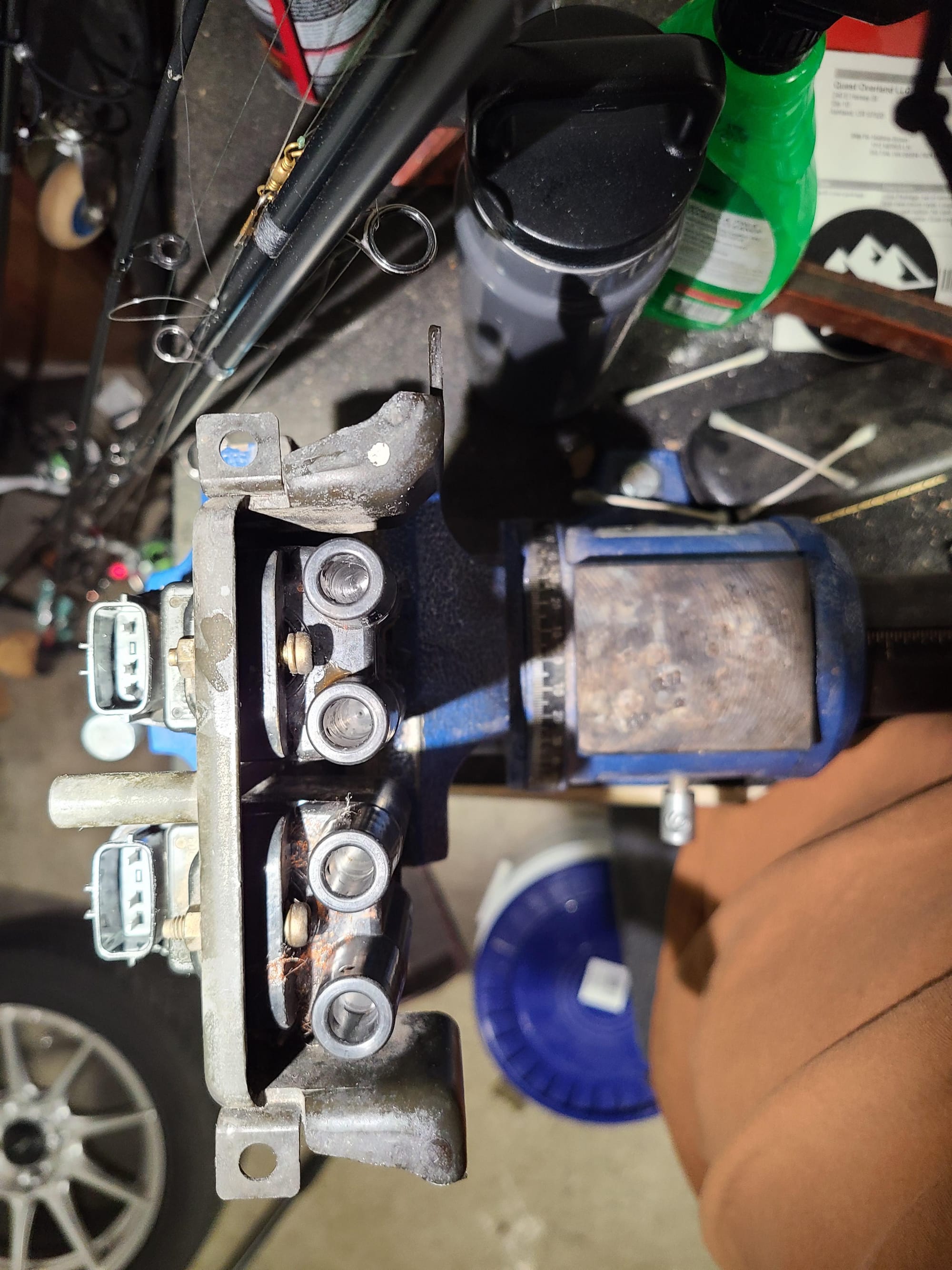
Clutch Hydraulic Issues
If your clutch pedal feels soft or you’re having trouble shifting gears, the clutch slave cylinder might be failing. This is a common issue in older NA Miatas, but fortunately, it’s an easy and inexpensive repair. Replacing the clutch slave cylinder is straightforward and should solve the problem. Don’t forget to bleed the clutch line after installing the new cylinder to remove any air and ensure smooth operation.

Pop-up Headlight Motor Failure
And of course, the NA Miata’s iconic pop-up headlights are cool, but they can get stuck if the headlight motors start to fail. Whether the headlights won’t pop up or they get stuck halfway, it’s usually due to worn-out motors. You can replace or rebuild the headlight motors to get them working again. Lubricating the moving parts of the headlight assembly can also help prevent the issue from coming back. Click here for more information about pop-up headlight repair and maintenance!

Owning an NA Miata is a blast, but like any classic car, it requires regular maintenance to keep it running smoothly. Tackling common problems like rust, suspension wear, and electrical issues as they arise will keep your Miata in top shape for years to come. Whether you’re wrenching on your car yourself or relying on a mechanic, staying on top of these issues will ensure you get the most out of your Miata!

